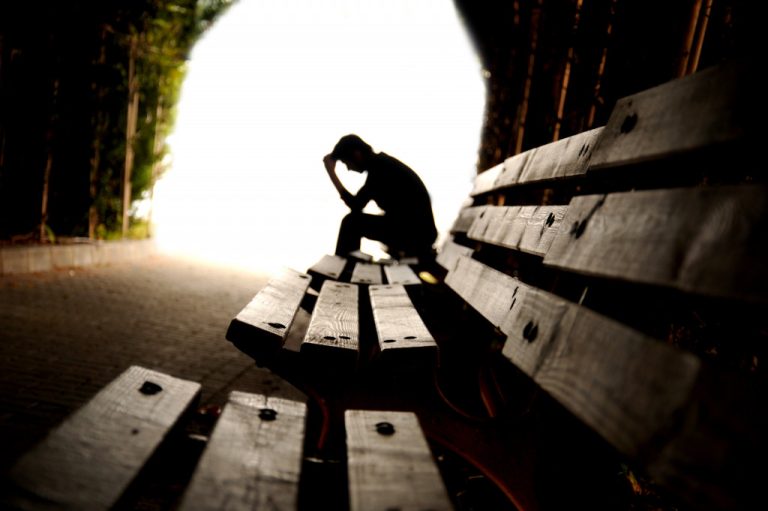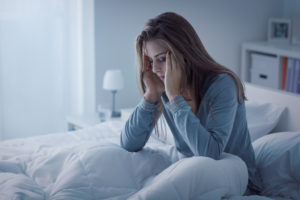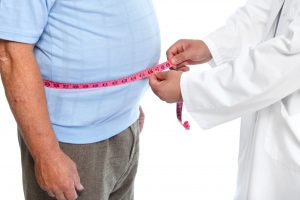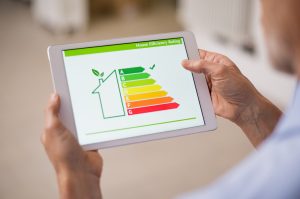Depression is a massive problem in a country like the United States. It’s estimated that about 21 million Americans have experienced depression, and about one in ten will develop depression within their lifetimes. Depression is a severe condition that can lead to suicide or other self-destructive behavior.
It’s important to understand that there are different types of depression because not all depressions are the same. They can vary in intensity, duration, and symptoms. It’s also important to understand that depression is an actual illness with real symptoms that can be treated. Here’s what you need to know about different kinds of depression.
Major Depressive Disorder (MDD)
Major depressive disorder, also known as clinical depression, is the most common type of depression. MDD has various symptoms, such as the loss of interest in activities you used to enjoy. Other symptoms may include fatigue, changes in appetite or weight, difficulty sleeping or concentrating, hopelessness or worthlessness, and thoughts of suicide. MDD can range from mild to severe and can last for weeks, months, or even years if left untreated.
Persistent Depressive Disorder (PDD)
PDD is a type of depression that lasts for at least two years. PDD was formerly known as dysthymia. People with PDD may have episodes of major depression during that time, but they typically have more days when they feel depressed than not. Symptoms may include hopelessness or irritability, low self-esteem, low energy levels, sleep problems, and difficulties concentrating. To a certain extent, it has the same symptoms as MDD but is less severe. The main difference is that PDD lasts longer than MDD.
Bipolar Disorder
Bipolar disorder used to be known as manic depression. Extreme mood swings between mania and periods of depression characterize it. During the manic phase, people with bipolar disorder may have inflated self-esteem, decreased need for sleep, racing thoughts, impulsive behavior, and reckless spending. During the depressive phase, they may experience all the symptoms of major depressive disorder. Bipolar disorder can be debilitating and lead to suicidal thoughts or behavior if left untreated.

Seasonal Affective Disorder (SAD)
SAD is a major depressive disorder typically occurring during the fall and winter months when there is less natural sunlight. Symptoms may include fatigue, difficulty concentrating, changes in appetite or weight, sadness or hopelessness, social withdrawal, and increased sensitivity to cold temperatures. SAD affects about 5 percent of adults in the United States and is more common in women than men.
There are many different types of depression, but they all share one commonality: they are real illnesses with real symptoms that can be treated. If you think you might be depressed, talk to your doctor, who can help you get the treatment you need so that you can start feeling better again. Additionally, you can follow the tips below to help deal with these disorders.
Journaling
One of the most effective ways to cope with depression is to keep a journal. Writing down your thoughts, feelings, and experiences can help you process them more healthily and gain some perspective on what you are going through. You can also do journaling digitally. You can keep a daily journal on digital platforms. The best part is that you can use these journals for tasks and organization. You can even share it with friends and family to let them know how you’re doing.
Medication
There are many different types of medication used to treat depression. The most common type is antidepressants. Antidepressants can take several weeks to start, so patience is essential when starting them. Common side effects include nausea, weight gain, and sexual side effects. Therefore, it’s good to do medication alongside therapy for the best results.
Therapy
There are different types of therapy used to treat depression as well. The most common type is cognitive-behavioral therapy (CBT). CBT focuses on changing the negative thought patterns that contribute to depression. It can be done in individual or group sessions.
Another form of therapy is psychodynamic therapy, which focuses on examining your past experiences and unresolved conflicts that fuel depression. Other forms of treatment include interpersonal therapy and dialectical-behavioral therapy (DBT).
Support Groups
Support groups provide an opportunity to connect with people dealing with similar issues. They can be a great source of support and information. You can find support groups online or in your community.
Ketamine
If you’re okay with using experimental treatments, you may want to consider ketamine therapy. This medication is highly effective in treating depression, especially severe depression.
Regardless of your treatment, remember that it is possible to manage and recover from depression. With time, patience, and support, you can overcome this illness and start living your best life again.













